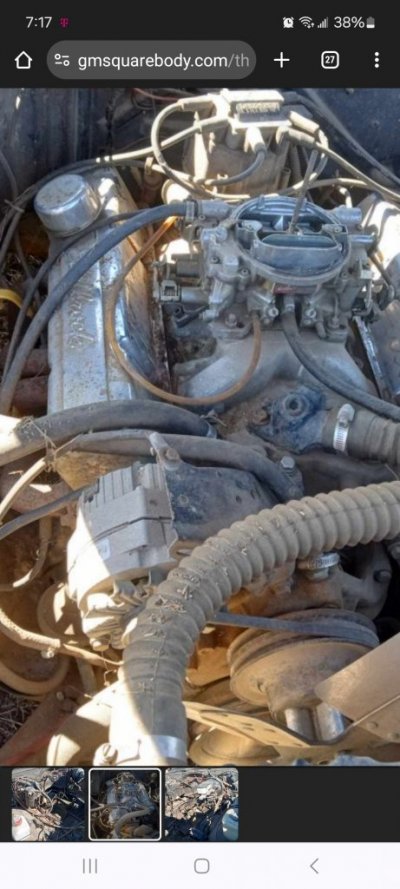Ricko1966
Full Access Member
- Joined
- Apr 11, 2017
- Posts
- 6,934
- Reaction score
- 11,938
- Location
- kansas
- First Name
- Rick
- Truck Year
- 1975
- Truck Model
- c20
- Engine Size
- 350
Vortec heads,carbureated are not cold weather friendly. When you keep referring to 2.02 heads, that's valve size,what's more important is casting numbers. Some heads with smaller valves outflow other heads with bigger valves. Port velocity is important too,too little and you lose low end.A lot depends on your budget,and goals. M carlo has given you some solid advice,but budget and what you are willing to trade off on to reach your goals is going to change any kind of advice. On a budget? Got dished pistons? Get a cam,headers,083,113,or 601 heads. The small chambers will help with the compression along with not being bad heads. P.s. a stock 350 with a cam,headers,and a 3.73 gears feels like a rocket to most people.
Last edited:


